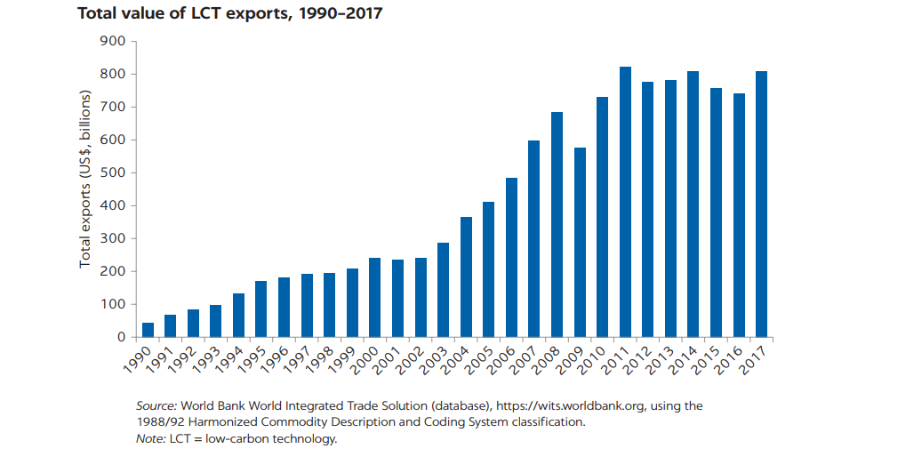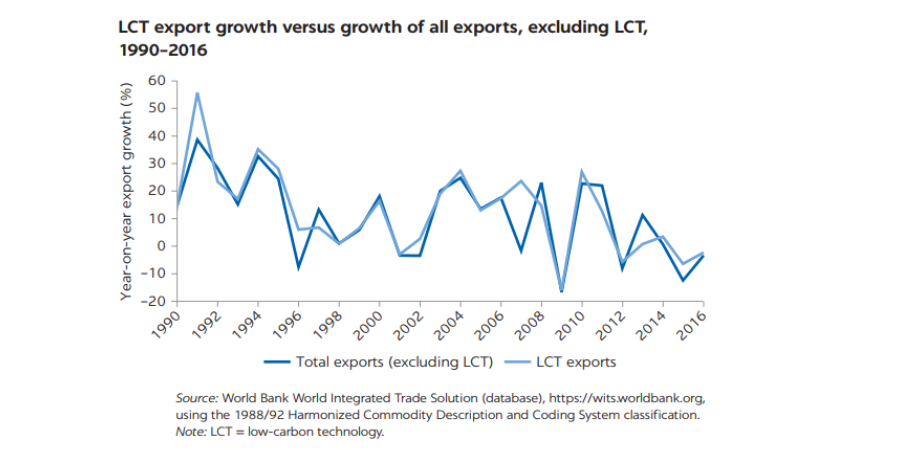
International trade and foreign direct investment (FDI) are two of the most important channels for international diffusion and technology transfer. Let’s learn more deeply with MC Solutions in the article below.
Importance of Trade and FDI for Technology Transfer
International trade and foreign direct investment (FDI) are crucial channels for spreading technology around the world.
Companies involved in international trade tend to be larger, more productive, and more technologically advanced than those operating solely domestically.
Whereas trade offers the ability to quickly move technology embedded within physical products, FDI offers the potential to transfer physical products and the knowledge, skills, and processes to produce or operate them. ‘
Channel for Technology Transfer
Technology can be transferred through multiple transmission channels that can be categorized into seven types:
- Importation of intermediate and capital goods through international trade
- Movement of capital and knowledge through inward and outward FDI, including joint ventures
- Movement of people through migration or through business, travel, and educational purposes
- Licensing for the use of foreign technologies (for example, patents, copyrights)
- Collaboration on international research
- Integration into GVCs, benefitting from knowledge and technology transfer between buyers and suppliers
- Diffusion of codified and disembodied knowledge through the Internet and other media
This article focuses on the first two such channels: low-carbon technology transfer through international trade and through FDI.
Trade And FDI as Channels Of Low-Carbon Technology Transfer
International trade and FDI can introduce cleaner, more energy-efficient products and services. They can also foster environmental practices among domestic firms and, in some cases, even lead to technology leapfrogging.
However, they can also introduce polluting technologies. The debate on whether trade creates “pollution havens” with relaxed environmental standards remains open.
1. Trade as a Channel of LCT Transfer
Trade offers a fast track for transferring technology. Unlike other methods, trade physically moves products that already have technology built-in. Even the biggest cargo can be shipped around the world in just a few weeks.
This allows developing countries (often referred to as the “South”) to benefit from the vast pool of knowledge accumulated through research and development (R&D) in more industrialized countries (often referred to as the “North”).
By participating in global markets, developing countries can gain access to a wider range of intermediate goods and capital equipment that would be too expensive or impossible to produce domestically.
Importing low-carbon capital goods (machinery) has traditionally been considered the most robust channel of technology transfer via trade because it increases productivity and the likelihood of generating positive environmental and innovative externalities.
Further analyses suggest that importing intermediate goods can be equally impactful. In light of the urgent need to scale up deployment of LCTs across all countries, including those with limited technological capacity, trade offers the quickest mechanism for delivering and deploying LCTs.
Global trade of these 107 low-carbon technologies has plateaued since 2011, a potentially worrying sign for climate change mitigation. Exports have risen nearly 20-fold—from US$43.6 billion in 1990 to an estimated US$809.9 billion in 2017 (image below).

Despite strong year-on-year export growth in the early 1990s and 2000s, low-carbon technology trade has actually failed to grow in value terms in three of the past six years. Bilateral trade volumes have fluctuated by product and country pair, with no clear pattern of continued decline or growth.
If one uses installed capacity of RE as an indicator of low-carbon technology trade volumes, the steady rise in installed capacity would suggest more production, and potentially trade, of these products albeit at lower prices. This increase, however, would include only a subset of the 107 LCT products.

2. FDI as a Channel Of LCT Transfer
Technology transfers through FDI are often considered more knowledge intensive than those through trade because of the longer-term and deeper engagement in the receiving country.
Increasingly, research finds that FDI-receiving countries benefit strongly from direct and indirect knowledge spillovers between foreign and domestic firms.
Multinational firms that invest around the world tend to share certain characteristics: they are technologically advanced and operate at higher international standards, including using management systems that monitor and actively seek to reduce environmental impacts.
In the case of high-tech sectors—where many low-carbon technologies would be considered—FDI spillovers are found to have even more impact.

Furthermore, FDI is a crucial source of financing for the deployment of LCTs. FDI into renewable energy (RE) is most often invested to develop downstream power production facilities and other infrastructure assets, rather than into the manufacturing processes that could lead to more knowledge and skills spillovers in the domestic economy.
FDI isn’t without its drawbacks. It can hinder the growth of domestic companies, force less competitive businesses to close, and allow foreign firms to dominate certain industries in developing economies by controlling prices (monopoly rents).
Foreign direct investment (FDI) is crucial for developing countries aiming to transfer low-carbon technology to their domestic industries. This fosters production of cleaner products and paves the way for sustainable economic growth.
However, measuring the exact impact of LCT-focused FDI is challenging. While tracking renewable energy (RE) investments offers the most straightforward approach, data collection remains limited, especially in developing countries.
Here, the key players driving RE investment are often not national governments, but rather local authorities, community initiatives, and large corporations.
Conclusion
“There is an urgent need to facilitate the transfer of technology to developing countries,” said Ceyla Pazarbasioglu, Vice President for Equitable Growth, Finance and Institutions at the World Bank Group.
“This requires getting energy prices right, building human and institutional capital, supporting LCT investment through de-risking mechanisms, and introducing policies that support the uptake of LCT. But it can be done. It is possible to limit global warming with existing LCT—provided it is deployed on a massive scale to developing countries.”
International institutions and donor countries need to explore all possible strategies for combating climate change. Low-carbon technology transfer is an underutilized approach that could help developing countries get on a path to a low-carbon future.
See more: How Global Companies Are Leading on Climate Change Solutions


